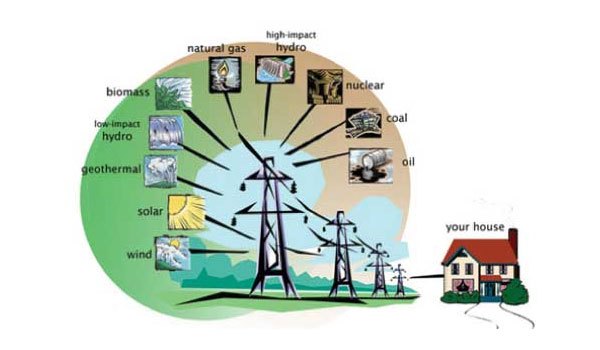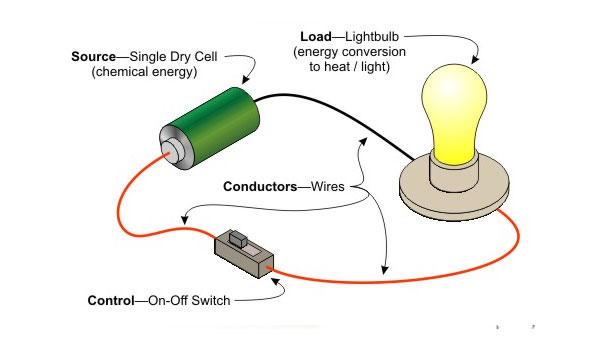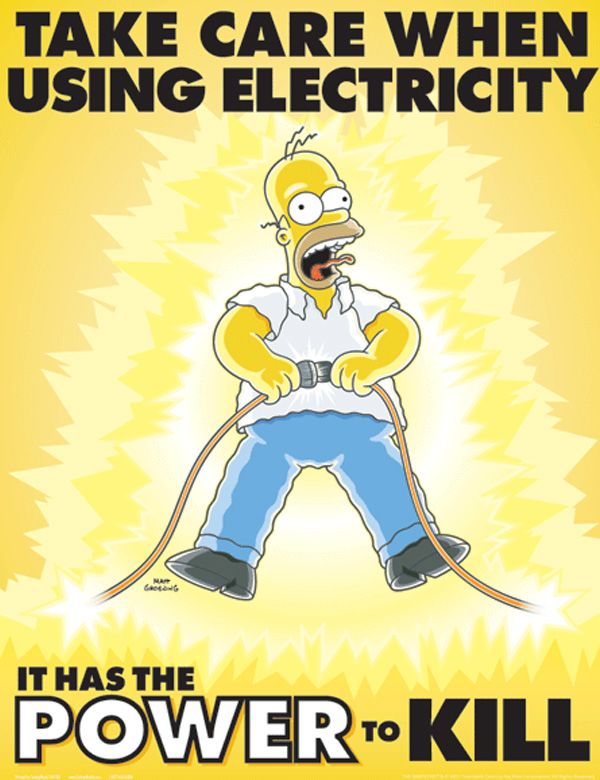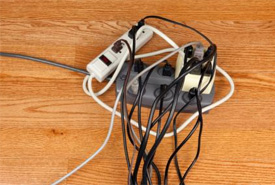This is a form of energy that is formed when particles that are charged move.
Anything that produces electricity is referred to as a Source of Electricity.

Some examples of sources of electricity include:

A circuit is a route, path or track that a moving object takes.
Therefore an electric circuit is the route that electricity follows.
Electric circuits can be simple or complex.
However, a simple electric circuit contains the following components: a bulb, copper wires, a battery, and a switch.
Symbols may be used to represent the components of a circuit.
These symbols are shown below.
Electricity in a circuit flows from the battery all around the circuit and back to the battery.
A simple electric circuit is shown below:

The materials we have in our surroundings may or may not conduct electricity.
The materials that allow electricity to pass through them are called good conductors of electricity.
Those materials that do not allow electricity to pass through them are called bad conductors of electricity.
Most metals are good conductors of electricity, for example, copper, iron, silver, aluminum, and lead.
Water also conducts electricity and therefore it is a good conductor of electricity.
Most non-metals are poor conductors of electricity for example wood, plastic, glass, and rubber.
Machines that use electricity to work or operate are known as Electric appliances.
At home, there are many electrical appliances.
In as much as electricity can be useful to us, it can also be very dangerous to our lives. All electric appliances need to be handled with care.


What is lightning?
Lightning is a form of electricity.
It is seen as a flash of light during a thunderstorm.
Lightning is produced in the clouds when clouds rub against each other and it finally finds its way to the ground.

It takes the shortest path to the ground.
Lightning contains a huge amount of electricity and can be very dangerous to our properties and to us.
It can burn houses and cause death or permanent injuries to both animals and humans.
Therefore some safety measures are necessary.
1. Tall buildings should be fitted with a lightning arrestor or conductor
2. Avoid walking in open fields when it is raining
3. Avoid sheltering under trees when it is raining.
4. Do not walk or play in pools of water when it is raining.

Standard 7
1. In which one of the following circuits will the bulb light most brightly?

2. Pupils at Umeme primary school were asked how they would investigate on the traditional belief that ‘lightning strikes red’. Four pupils J, K, L, and M suggested that the following experiments be carried out and observations made after thunderstorms.
J. Hanging a red shirt on a tree.
K. Placing red, green, blue and white shirts in a long line on the ground.
L. Placing a red shirt on the ground.
M. Hanging red, green, blue and white shirts on the branches of a tree.
The pupil who made the best suggestion to test the belief was.
A. J B. L C. L D. M
3. Jiva connected batteries to a bulb with wires as shown in the diagrams below. In which set up was the bulb brightest?

4. The purpose of a fuse in a circuit is to
A. Break the circuit when necessary B. Reduce the current
C. Switch the current on and off D. Complete the circuit